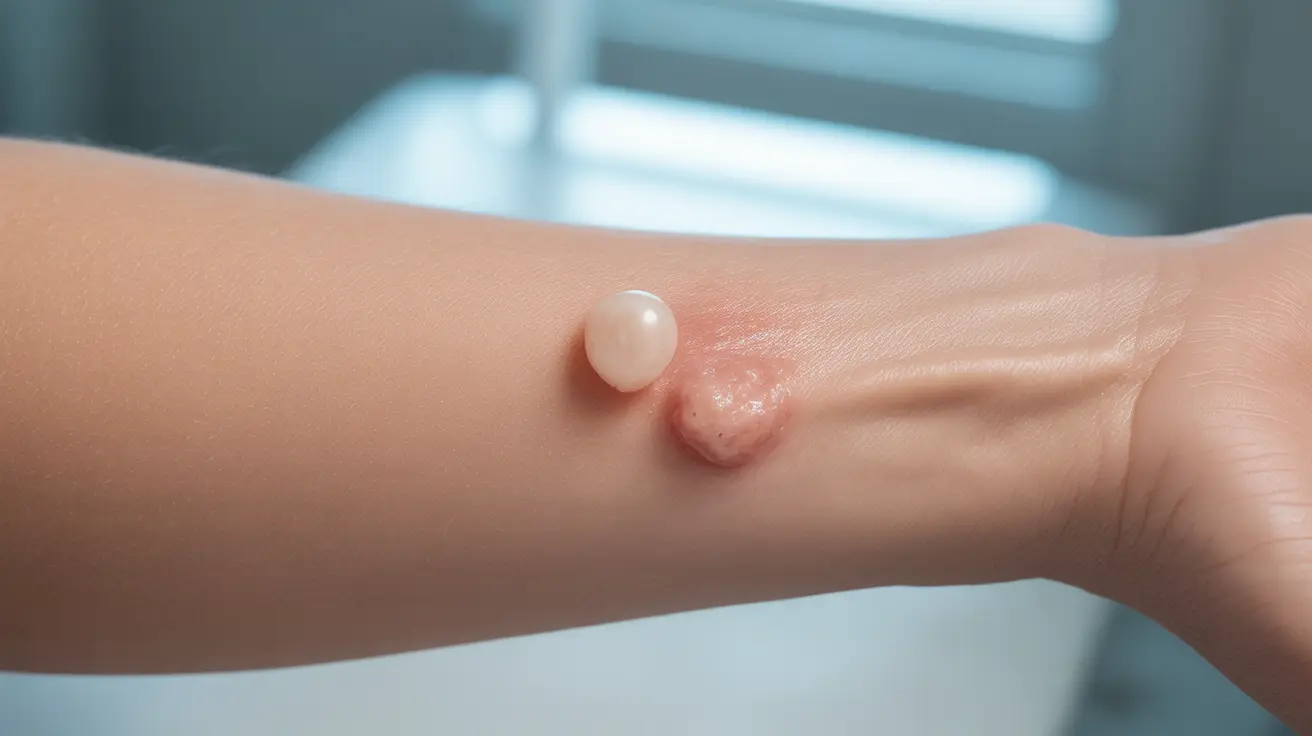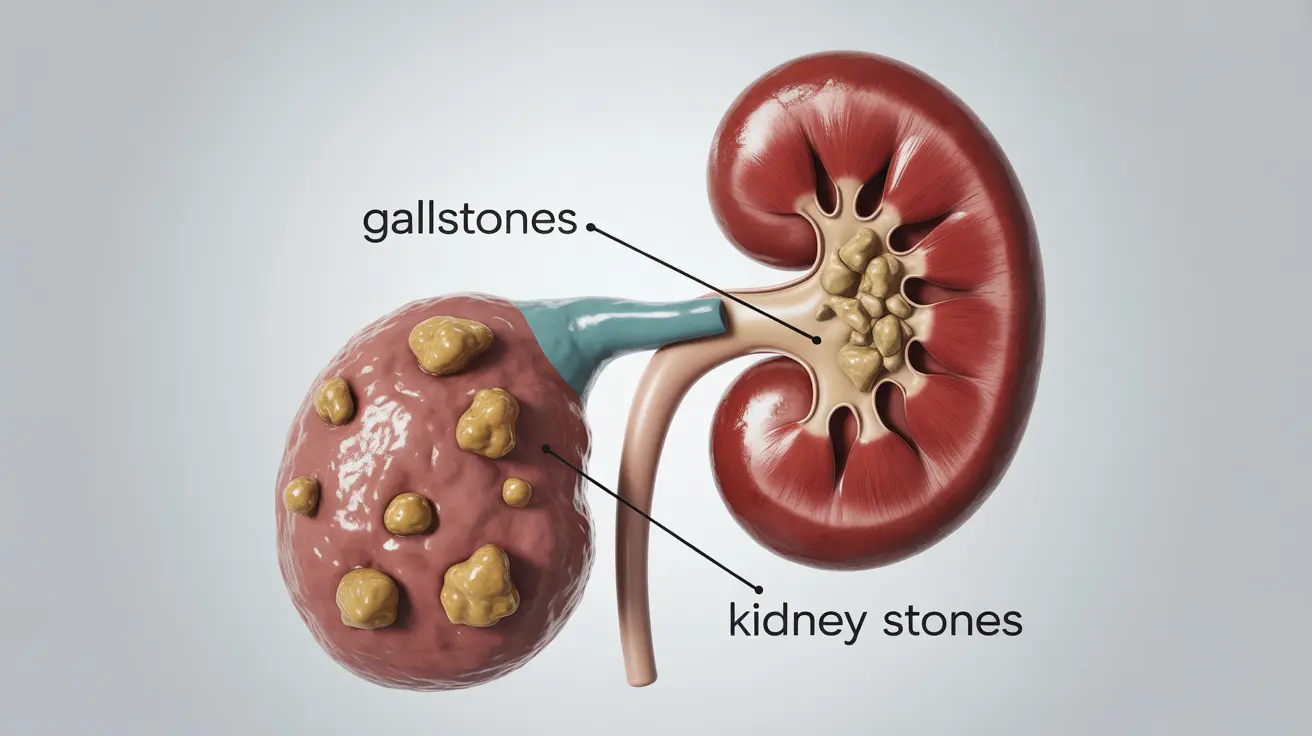Gynecologic cryosurgery is a specialized medical procedure that uses extreme cold to treat precancerous cells and abnormal tissue on the cervix. This minimally invasive treatment has become an important tool in preventing cervical cancer and managing various cervical conditions. Understanding what the procedure entails, its benefits, and recovery process can help patients make informed decisions about their reproductive health.
Understanding Gynecologic Cryosurgery
Gynecologic cryosurgery, also known as cryotherapy, uses liquid nitrogen to freeze and destroy abnormal cervical cells. The procedure is particularly effective for treating mild to moderate cervical dysplasia, which are precancerous changes in the cervical tissue that could potentially develop into cancer if left untreated.
The Procedure Process
During gynecologic cryosurgery, a medical professional uses a specialized instrument called a cryoprobe to apply extremely cold temperatures to the affected area of the cervix. The freezing process typically involves multiple freeze-thaw cycles to ensure the complete destruction of abnormal cells while preserving the surrounding healthy tissue.
What to Expect During Treatment
The procedure usually takes about 10-15 minutes and is performed in an outpatient setting. While most patients remain comfortable throughout the treatment, some may experience mild cramping or a sensation of cold in the pelvic area. Local anesthesia is typically not required, making it a relatively straightforward procedure.
Benefits of Gynecologic Cryosurgery
This treatment offers several advantages for patients with cervical abnormalities:
- Minimally invasive procedure
- No need for general anesthesia
- Short recovery time
- High success rate for treating precancerous lesions
- Lower cost compared to other surgical options
- Minimal impact on fertility
Recovery and Aftercare
Recovery from gynecologic cryosurgery is generally straightforward, but patients should follow specific guidelines for optimal healing:
- Expect watery discharge for 2-3 weeks
- Avoid sexual intercourse for 4-6 weeks
- Refrain from using tampons during healing
- Attend follow-up appointments as scheduled
- Monitor for any unusual symptoms
Post-Procedure Care Guidelines
Proper aftercare is essential for successful treatment outcomes. Patients should maintain good hygiene and avoid strenuous activities for the first few days after the procedure. Regular follow-up appointments will help ensure proper healing and treatment effectiveness.
Frequently Asked Questions
How does gynecologic cryosurgery treat precancerous cells on the cervix?
Gynecologic cryosurgery treats precancerous cells by applying extreme cold temperatures through a cryoprobe, which freezes and destroys abnormal cervical tissue. The controlled freezing process causes cell death in the targeted area while allowing healthy tissue to regenerate during healing.
What are the common symptoms or discomforts experienced during and after cervical cryosurgery?
During the procedure, patients may experience mild cramping and a cold sensation. After treatment, common symptoms include watery discharge, mild cramping, and occasional spotting. These symptoms typically resolve within 2-3 weeks.
What are the benefits and risks associated with using cryosurgery to treat cervical dysplasia?
Benefits include minimal invasiveness, no need for anesthesia, and quick recovery. Risks may include temporary heavy discharge, infection (rare), scarring, and the possibility that not all abnormal cells will be eliminated, requiring additional treatment.
Is cryosurgery a suitable treatment option for all types of cervical abnormalities or cervical cancer?
Cryosurgery is most effective for mild to moderate cervical dysplasia and small, well-defined lesions. It is not suitable for treating invasive cancer, large lesions, or certain types of cervical abnormalities that extend into the cervical canal.
How long does it typically take to recover from cervical cryosurgery, and what are the recommended post-procedure activities to avoid?
Recovery typically takes 4-6 weeks. During this time, patients should avoid sexual intercourse, tampons, douching, and swimming. It's also important to avoid heavy lifting and strenuous exercise for the first few days after the procedure.




